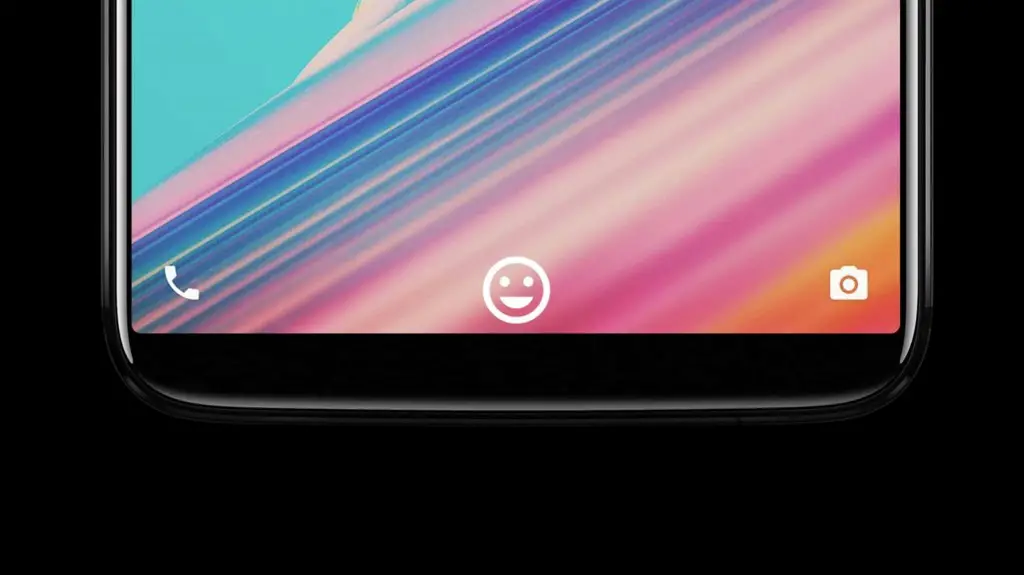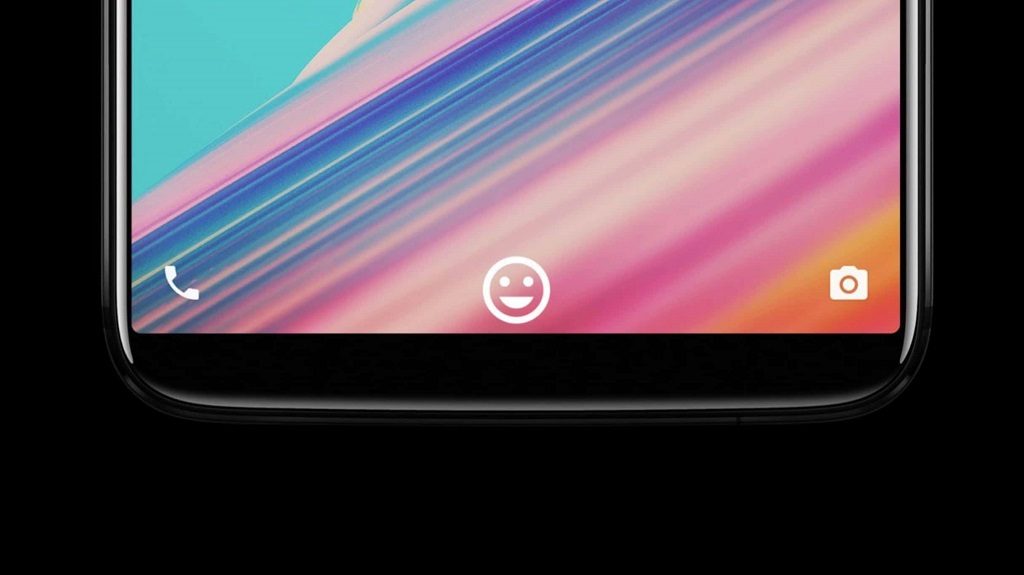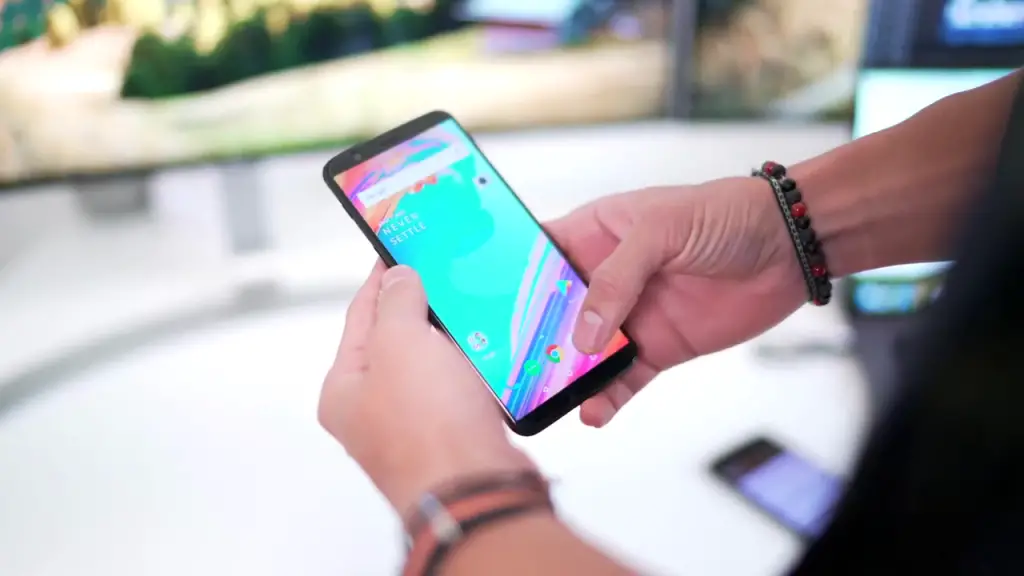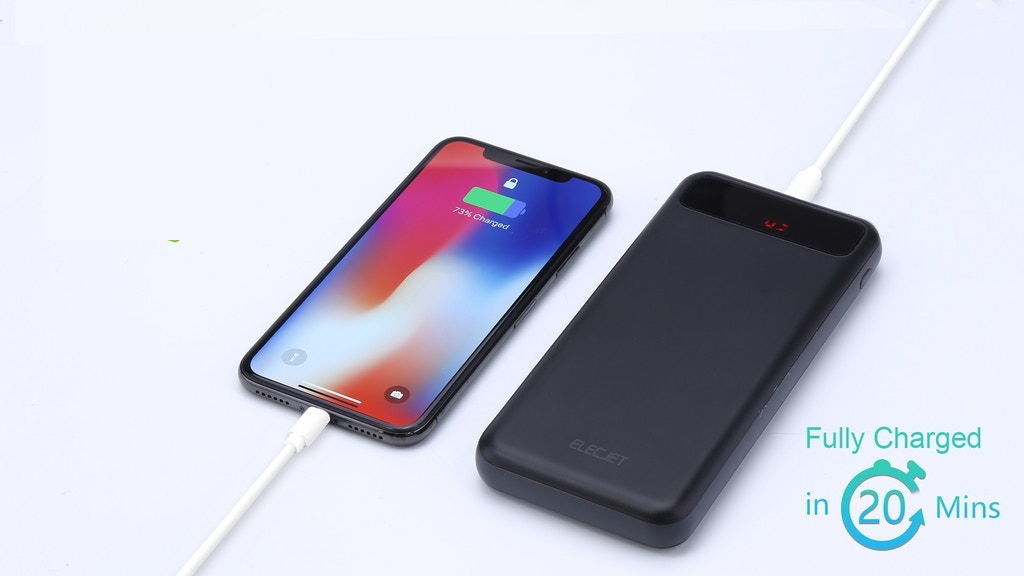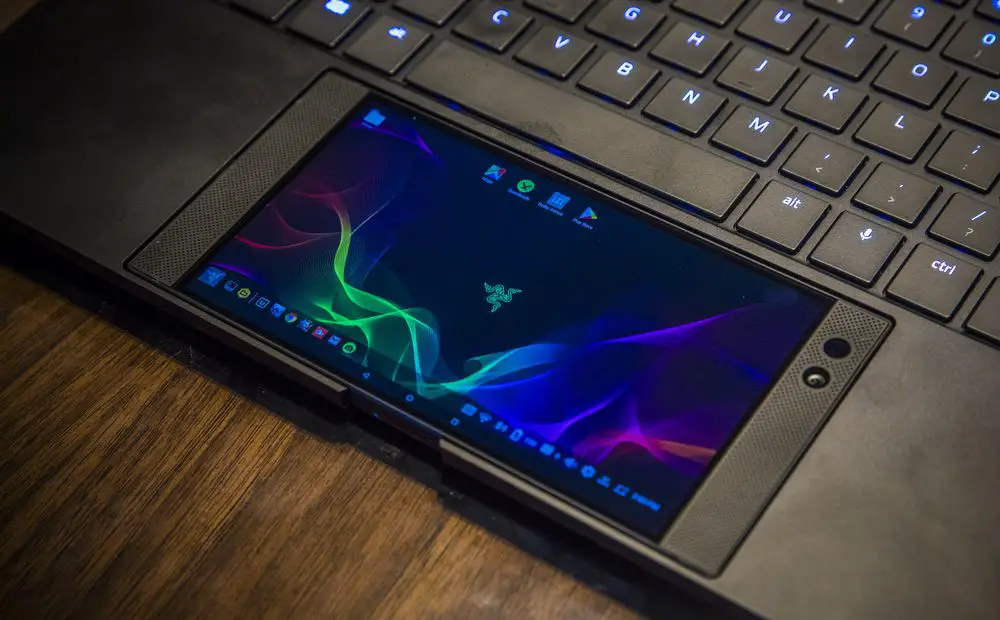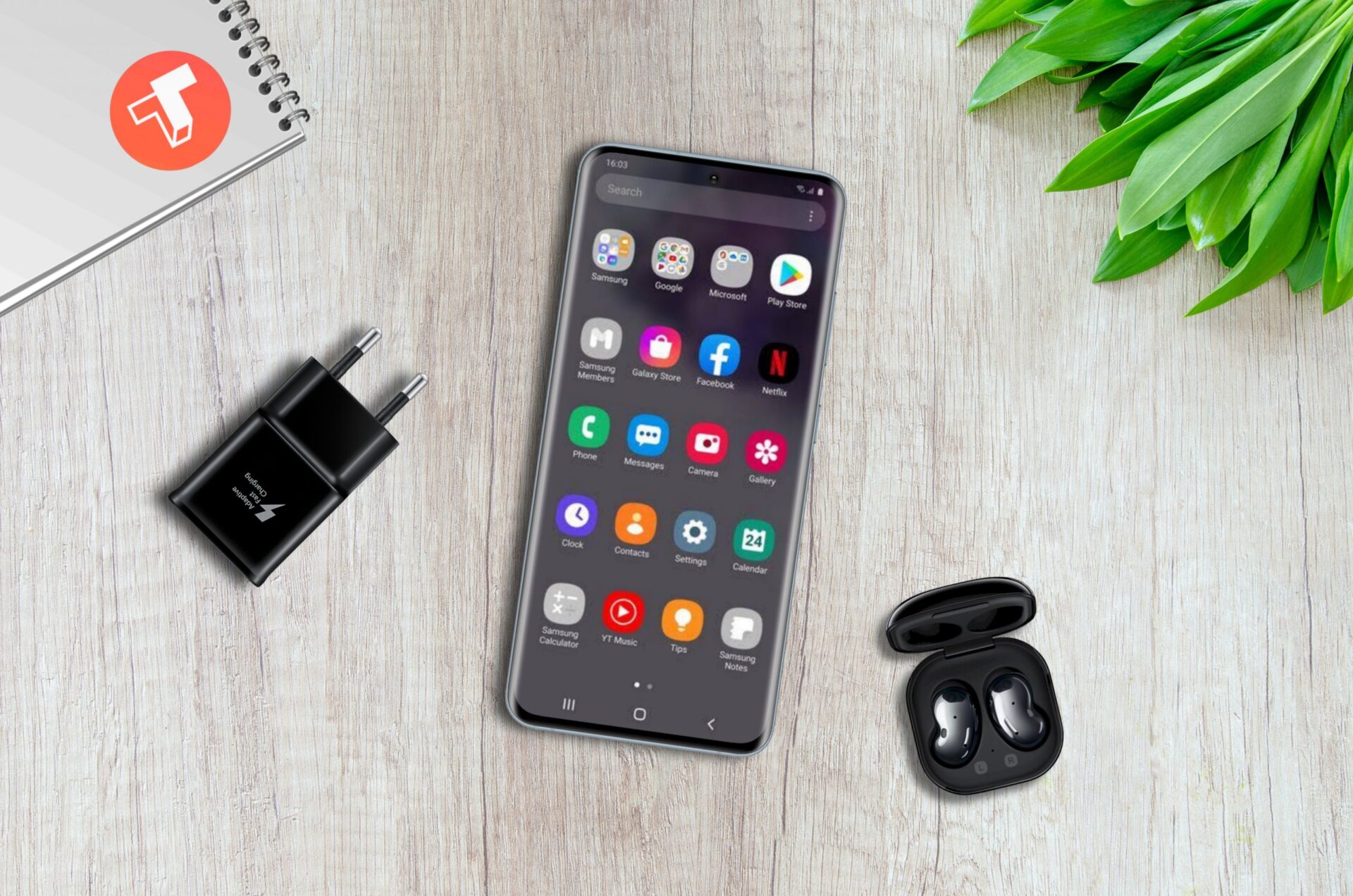There aren’t many times when Apple starts a trend, but when it does, most of the industry follows suit. Something similar happened with the launch of iPhone X back in 2017. While the phone took inspiration from other flagships for its display, it introduced facial recognition with Face ID, which is now becoming probably the most sought-after feature among the Android crop.
Getting rid of the fingerprint scanner, which Apple itself introduced to the industry with iPhone 5S, along with the iconic home button was a bold move. All the things that home button was responsible for were to be reworked into gestures, which introduced a steep learning curve even for the hardcore iPhone users. With time, of course, a user would get used to the gestures, and in most cases, find it easier to navigate through the phone with them.
With all those challenges in place, OnePlus couldn’t resist bringing similar gestures to the Android world, starting with its 5T. Despite the fact that interacting with Android OS is completely different from its counterpart from Apple, OnePlus somehow managed to make the gestures work, though, with some shortcomings. But that’s an acceptable aspect since the feature is available only with the beta build of OxygenOS.
Also Read: Xiaomi Mi 6X spotted with a metal body and iPhone X-like dual cameras
Do face unlock and gestures actually work on OnePlus 5T?
For the most part, yes. Every technology and feature come with their own set of positives and negatives, so is the case here. iPhone X’s implementation is based on the dedicated hardware for better facial recognition, and it had to be so as it was replacing something as secure and reliable as Touch ID. While the OnePlus 5T and other smartphones are offering face unlock as an option that is present along with the dependable fingerprint scanner. This alternate implementation of facial recognition is being adopted by many more Android smartphone makers since it keeps the costs down by using the hardware that is already at hand.
iPhone X-like gestures in Android is a story that is entirely different. Android navigation keys have always been at the core of how a user would interact with the OS, just like the home button was to iOS. OnePlus’ gestures let you swipe up from the centre to get to the home screen, swipe up from either left or right to go back, and swipe up from the centre and hold for seeing the multitasking menu. While the basic options work fine, it kills certain features like long pressing the home button to trigger the Google Assistant and hitting the multitasking button twice to Quick Switch between apps. It is worth noting that Xiaomi also brought a similar set of gestures with the recently released beta build of MIUI 9.
The gesture control on OnePlus 5T is still in beta and it should get better when it is made available with the stable build. Nevertheless, versions of gesture control can be gained on any Android phone using certain apps available on the Play Store or otherwise, thanks to the open nature of the OS. And for the facial recognition, OnePlus’ implementation actually works faster than that of iPhone X. Though, not as secure, with OnePlus 5T’s face unlock, you will almost never see the lock screen and jump straight to the home screen.
Also Read: Huawei P20, P20 Plus, & P20 Pro renders surface, show an iPhone X-like notch on P20 Pro
Are they here to stay on Android?
Both the gestures and face unlock have been present on Android much before iPhone X made them chic. It’s just that the face unlock back then was far from perfect, and hence, pointless. After the Face ID came into being, the smartphone makers have regained their interest in face unlock and that’s for good. Moving forward in 2018, we might also see companies adopting Face ID’s hardware, too, to make their versions of face unlock even better. So shall the case be for gestures.
Also Read: OnePlus 6 coming by Q2 2018 with Snapdragon 845, OnePlus CEO confirms
